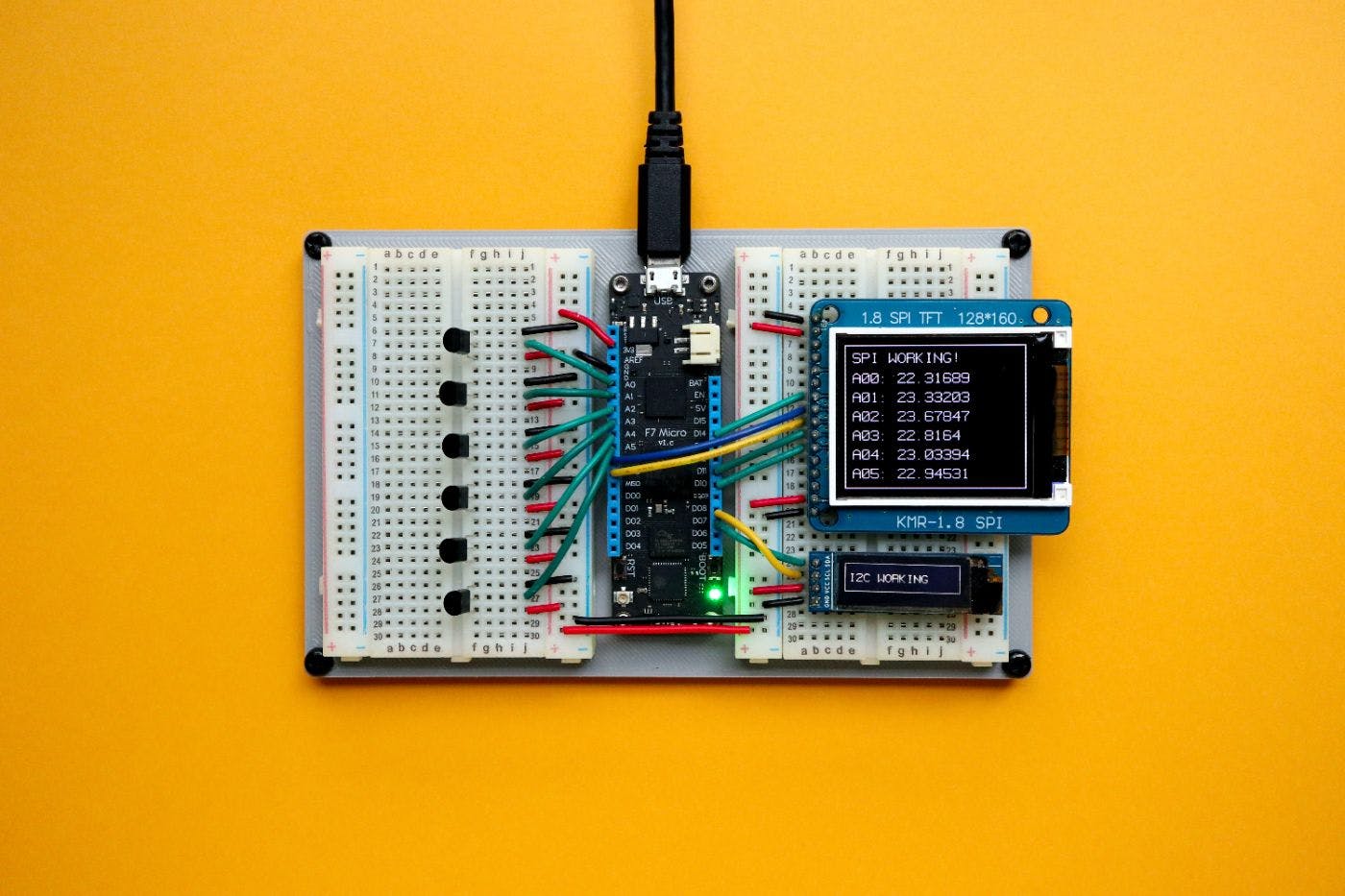833 reads
This IoT Expert Built a Smart Home in 3 Months
by
May 5th, 2022
Audio Presented by
Software technical writer. I write developer-focused (marketing) content. Oft in DevOps, K8s, IoT, Data E., etc.
About Author
Software technical writer. I write developer-focused (marketing) content. Oft in DevOps, K8s, IoT, Data E., etc.
